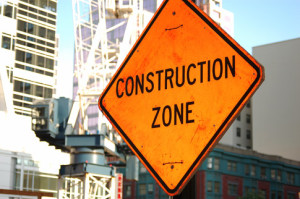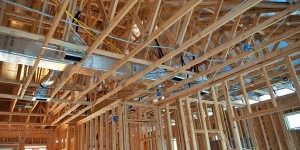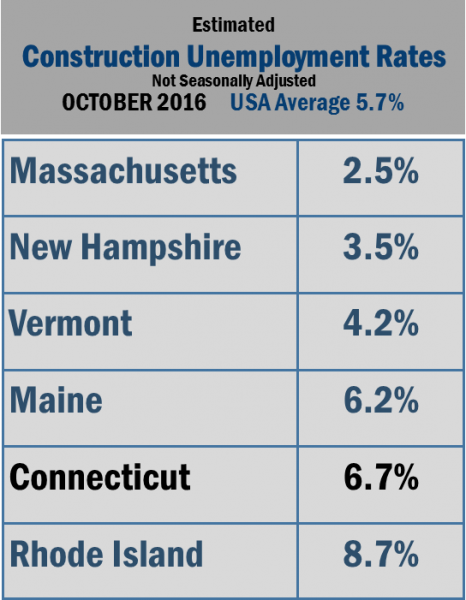CT Ranked 36th in Construction Jobs Added During Past Year
/Connecticut ranked 36th in the nation in the number of construction jobs added between July 2016 and July 2017, one of 36 states (and the District of Columbia) that added construction jobs during the 12-month period. The analysis by the Associated General Contractors of America of Labor Department data found that firms in parts of the country that build infrastructure projects are seeing less demand for their services amid overall declines in public-sector spending. Only 100 construction jobs were added in Connecticut during the past year, moving the states employment level in construction industries from 58,800 to 58,900, reflecting growth of two-tenths of one percent.
 “Despite growing private-sector demand, it appears that construction employment in some parts of the country is being brought down by declining public-sector investments,” said Ken Simonson, chief economist for the association. “Some of these declines will be offset thanks to recently enacted state infrastructure funding increases, but stagnant federal investments are not helping.”
“Despite growing private-sector demand, it appears that construction employment in some parts of the country is being brought down by declining public-sector investments,” said Ken Simonson, chief economist for the association. “Some of these declines will be offset thanks to recently enacted state infrastructure funding increases, but stagnant federal investments are not helping.”
Among the New England states, Rhode Island ranked third in the nation, with a 12-month gain of 12.7 percent, New Hampshire ranked fourth with 11.8 percent growth in construction jobs, and Maine ranked sixth, with a 9.3 percent increase.
California added the most construction jobs (51,000 jobs, 6.6 percent) during the past year. Other states adding a high number of new construction jobs for the past 12 months include Florida (35,800 jobs, 7.5 percent); Louisiana (13,900 jobs, 9.8 percent); Oregon (11,900 jobs, 13.2 percent) and Texas (10,400 jobs, 1.5 percent). Oregon added the highest percentag e of new construction jobs during the past year, followed by Nevada (12.8 percent, 9,700 jobs).
e of new construction jobs during the past year, followed by Nevada (12.8 percent, 9,700 jobs).
Thirteen states and the District of Columbia shed construction jobs between July 2016 and July 2017 while construction employment was unchanged in North Dakota. Iowa lost the highest number of construction jobs (-4,400 jobs, -5.4 percent), followed by Illinois (-4,300 jobs, -2.0 percent) and North Carolina (-2,500 jobs, -1.2 percent). South Dakota lost the highest percentage for the year (-5.6 percent, -1,400 jobs) followed by Iowa and Mississippi (-3.9 percent, -1,700 jobs).
Association officials have continued to urge Congress and the administration to make needed new investments in the country’s aging infrastructure to offset declining public-sector investments in construction. In particular, they urged officials to consider including new infrastructure investments as part of a tax reform measures expected this fall, the association indicated in a news release.


 The state’s construction industry unemployment rate nudged downward from 7.1 percent in September, but was 6.4 percent in July 2016. In recent years, the rate ballooned to 18.1 percent in October 2010, at the height of the recession, from a low of 5.8 percent in October of 2008.
The state’s construction industry unemployment rate nudged downward from 7.1 percent in September, but was 6.4 percent in July 2016. In recent years, the rate ballooned to 18.1 percent in October 2010, at the height of the recession, from a low of 5.8 percent in October of 2008.




























